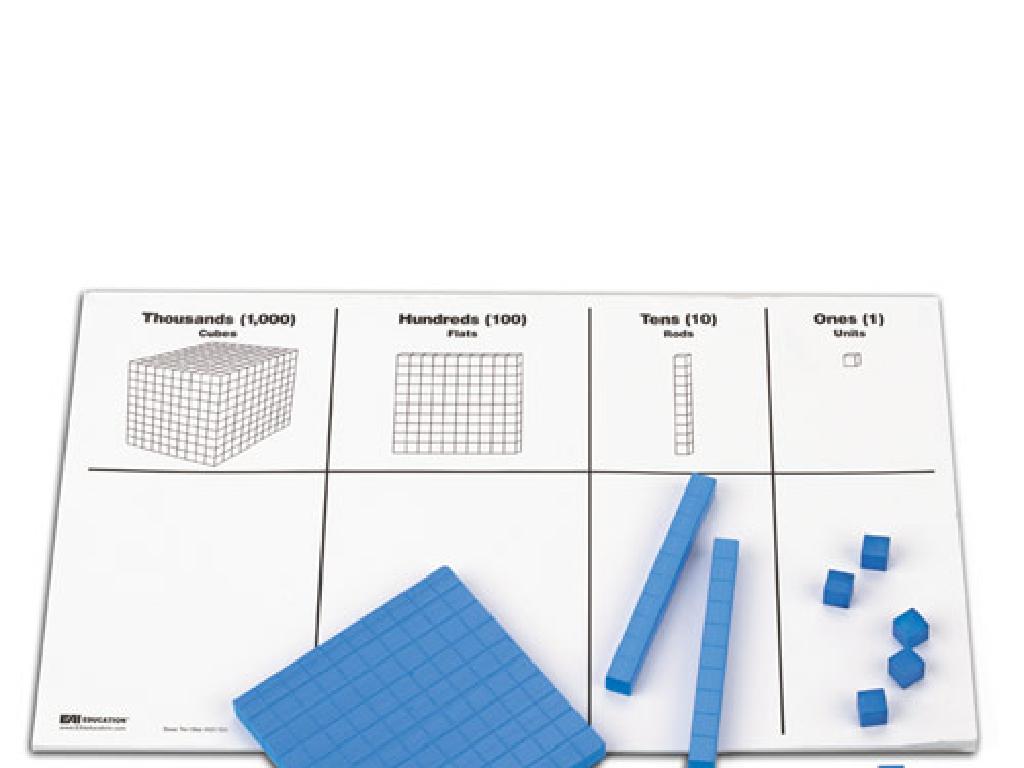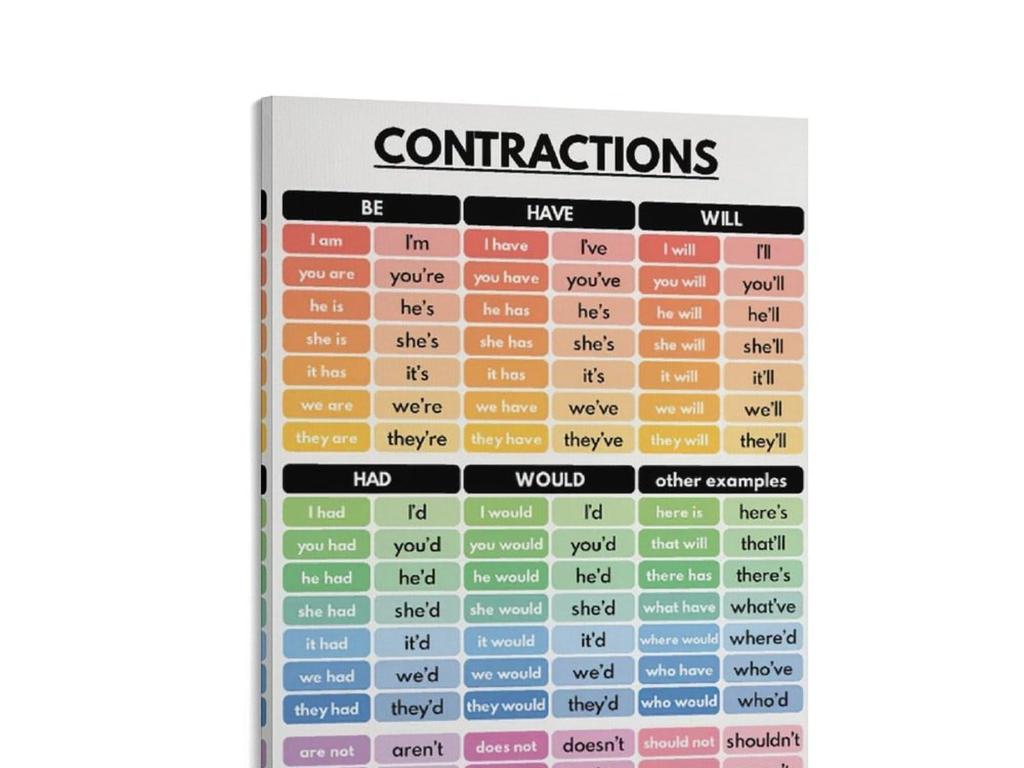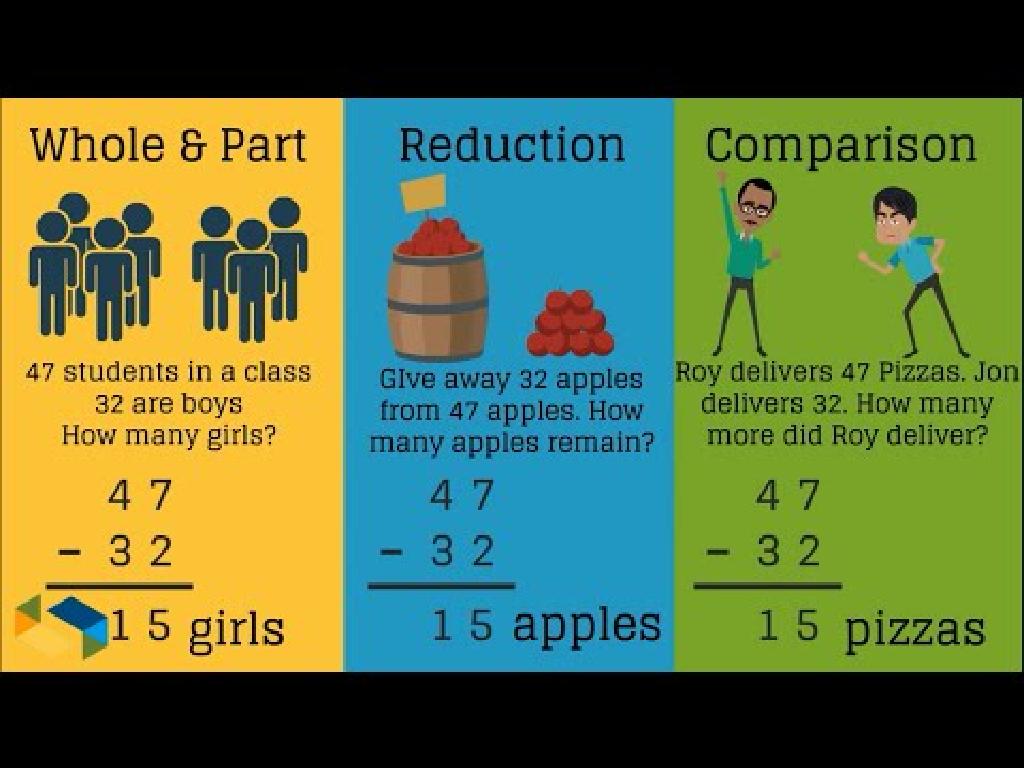Write Multiplication Sentences For Equal Groups
Subject: Math
Grade: Third grade
Topic: Understand Multiplication
Please LOG IN to download the presentation. Access is available to registered users only.
View More Content
Welcome to Multiplication!
– Learn about multiplication
– Making equal groups
– Groups with the same number of items
– Multiplication as repeated addition
– If you have 4 groups of 3, it’s like 3 + 3 + 3 + 3
– Practice with examples
– We’ll multiply 4 (groups) by 3 (items in each) to get 12
|
This slide introduces the concept of multiplication to third-grade students. Begin by explaining that multiplication is a quick way of adding the same number multiple times. Show them how to form equal groups and relate this to multiplication sentences. For example, if there are 4 bags with 3 apples each, instead of adding 3 apples + 3 apples + 3 apples + 3 apples, we can simply multiply 4 (the number of bags) by 3 (the number of apples in each bag) to find the total, which is 12 apples. Use visual aids like counters or drawings to help students visualize the groups. Encourage students to think of their own examples of equal groups in everyday life to solidify their understanding.
Understanding Multiplication: Equal Groups
– Multiplication creates equal groups
– It’s quick addition of the same number
– Example: 3 groups of 2 apples
– Instead of saying ‘2 apples plus 2 apples plus 2 apples’, we can say ‘3 groups of 2 apples’.
– This is the same as 2 + 2 + 2
– Multiplication is a shortcut for adding 2 three times.
|
This slide introduces the concept of multiplication as a method for combining equal groups into a total amount. It’s important to convey that multiplication is essentially repeated addition, which makes it a faster alternative when dealing with multiple groups of the same size. Use the example of apples to illustrate this point in a tangible way that third graders can easily understand. Encourage students to visualize the groups of items and to use their addition skills to grasp the concept of multiplication. Reinforce the idea that ‘3 groups of 2 apples’ is the same as adding 2 apples together three times, which is the foundation of writing multiplication sentences for equal groups.
Writing Multiplication Sentences
– Multiplication sentence structure
– It includes numbers and a ‘x’ sign
– First number: groups count
– For example, 3 groups of apples
– Second number: items per group
– For example, 4 apples in each group
– The answer shows total items
– Multiply groups and items to find total
|
This slide introduces students to the structure of multiplication sentences. Explain that a multiplication sentence is a way to write out the process of adding equal groups together. The first number in the sentence indicates how many groups there are, while the second number tells us the quantity within each group. The answer, or product, represents the total number of items. Use visual aids like counters or drawings to help students visualize the concept. For instance, if there are 3 groups of 4 apples, the multiplication sentence would be 3 x 4 = 12, meaning there are a total of 12 apples. Encourage students to create their own multiplication sentences using items they are familiar with, such as toys or snacks.
Let’s Practice Multiplication!
– Example: 4 groups of 3 stars
– Writing a multiplication sentence
– Turn ‘4 groups of 3’ into ‘4 x 3’
– Counting stars together
– Add the stars in each group
– Finding the total number
– 4 groups of 3 stars equals 12 stars total
|
This slide is an interactive class activity designed to help students understand how to write multiplication sentences for equal groups. Start with the example provided, showing 4 groups of 3 stars. Ask the students how we might write this as a multiplication sentence. Guide them to understand that ‘4 groups of 3’ can be expressed as ‘4 x 3’. Then, count the stars in each group together to reinforce the concept of equal groups in multiplication. Finally, conclude by finding the total number of stars, which demonstrates the result of the multiplication sentence. Encourage students to visualize the groups and use their fingers to count if necessary. This hands-on approach helps solidify the concept of multiplication as repeated addition.
Your Turn to Try: Writing Multiplication Sentences
– Observe the grouped objects
– Write a multiplication sentence
For example, 4 groups of 3 apples is 4 x 3
– Share your sentences aloud
– Discuss the multiplication concept
Understand how multiplication represents equal groups
|
This slide is an interactive class activity designed to reinforce the concept of multiplication as a method for combining equal groups. Display objects in groups on the screen and ask students to write a multiplication sentence for each. For instance, if there are 4 groups with 3 apples in each, the multiplication sentence would be 4 x 3. After writing their sentences, students will share with the class to practice their multiplication skills and verbal communication. Encourage students to explain how their sentences represent the grouped objects. This activity not only helps with understanding multiplication but also builds confidence in speaking and explaining mathematical concepts. Possible variations for different students could include using different numbers of groups or different objects to ensure a comprehensive understanding of the concept.
Multiplication in Real Life
– Multiplication beyond math class
– Helps with daily activities
– Example: Party table setup
– If 5 tables have 4 seats each, 5 x 4 = 20 seats in total
– Practice with real objects
– Use toys or snacks to make groups and multiply
|
This slide aims to show students that multiplication is a practical skill used in everyday life, not just a concept for math class. It’s important to illustrate how multiplication can simplify tasks such as organizing events. For example, setting up tables for a party requires multiplication to quickly determine the total number of seats needed. Encourage students to practice with real objects, like toys or snacks, to create equal groups and write multiplication sentences. This hands-on activity will help solidify their understanding of multiplication as it applies to real-world scenarios.
Class Activity: Group Creation!
– Form groups with classmates
– Create equal groups using objects
– Use items like blocks or pencils to make groups
– Write a multiplication sentence
– If you have 4 groups of 5 blocks, write: 4 x 5 = 20
– Present your groups to the class
|
This interactive class activity is designed to help students understand the concept of multiplication as combining equal groups. Divide the class into small groups and provide them with a collection of objects such as blocks, pencils, or erasers. Each group should create several equal groups with their objects and then write a multiplication sentence that represents their arrangement. For example, if they make 3 equal groups of 6 objects, their sentence would be 3 x 6 = 18. Afterward, have each group present their findings to the class, explaining their thought process. This will reinforce their understanding of multiplication and allow them to see it in action. Possible variations for different groups could include using different objects or creating different numbers of groups to ensure a diverse range of examples.
Conclusion: Mastering Multiplication Sentences
– Celebrate your learning achievement!
– Multiplication means equal groups
– Like 3 groups of 4 apples is 3 x 4
– Practice to become a multiplication star
– Try writing sentences from group pictures
– Keep practicing with fun activities at home
– Use toys or snacks to make groups and write sentences
|
This slide wraps up the lesson on writing multiplication sentences for equal groups. Reinforce the concept that multiplication is a way to quickly add the same number multiple times, which is why we use it for equal groups. Encourage the students to continue practicing at home using everyday items to create groups and then write multiplication sentences for them. This could be with toys, snacks, or even family members. Remind them that practice is key to mastering multiplication and that they should be proud of what they’ve learned today. Provide examples of simple multiplication problems they can create at home and encourage sharing their findings in the next class.





